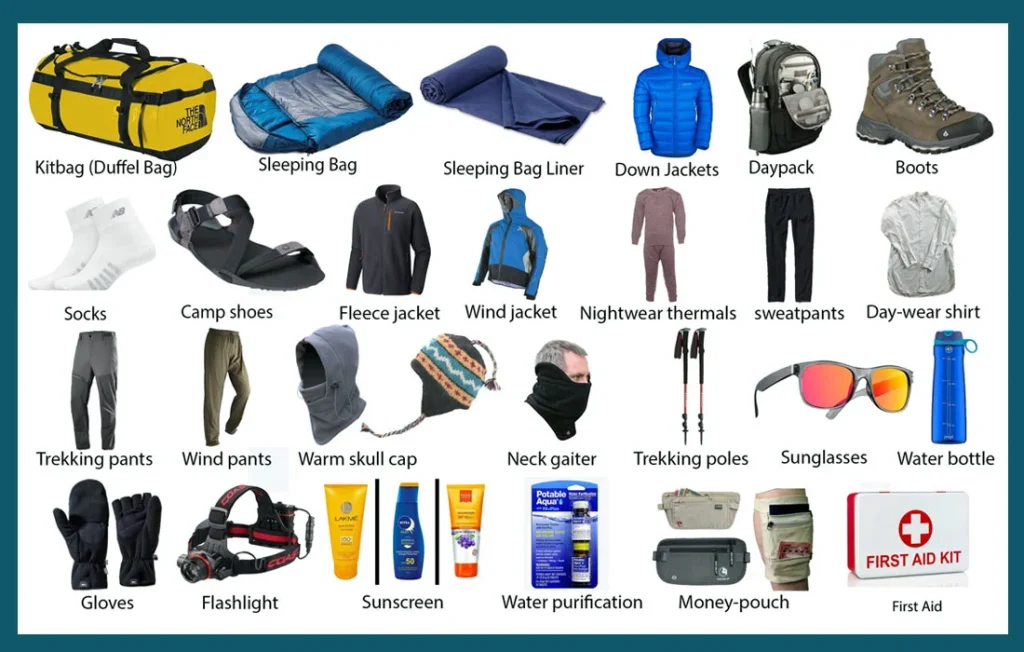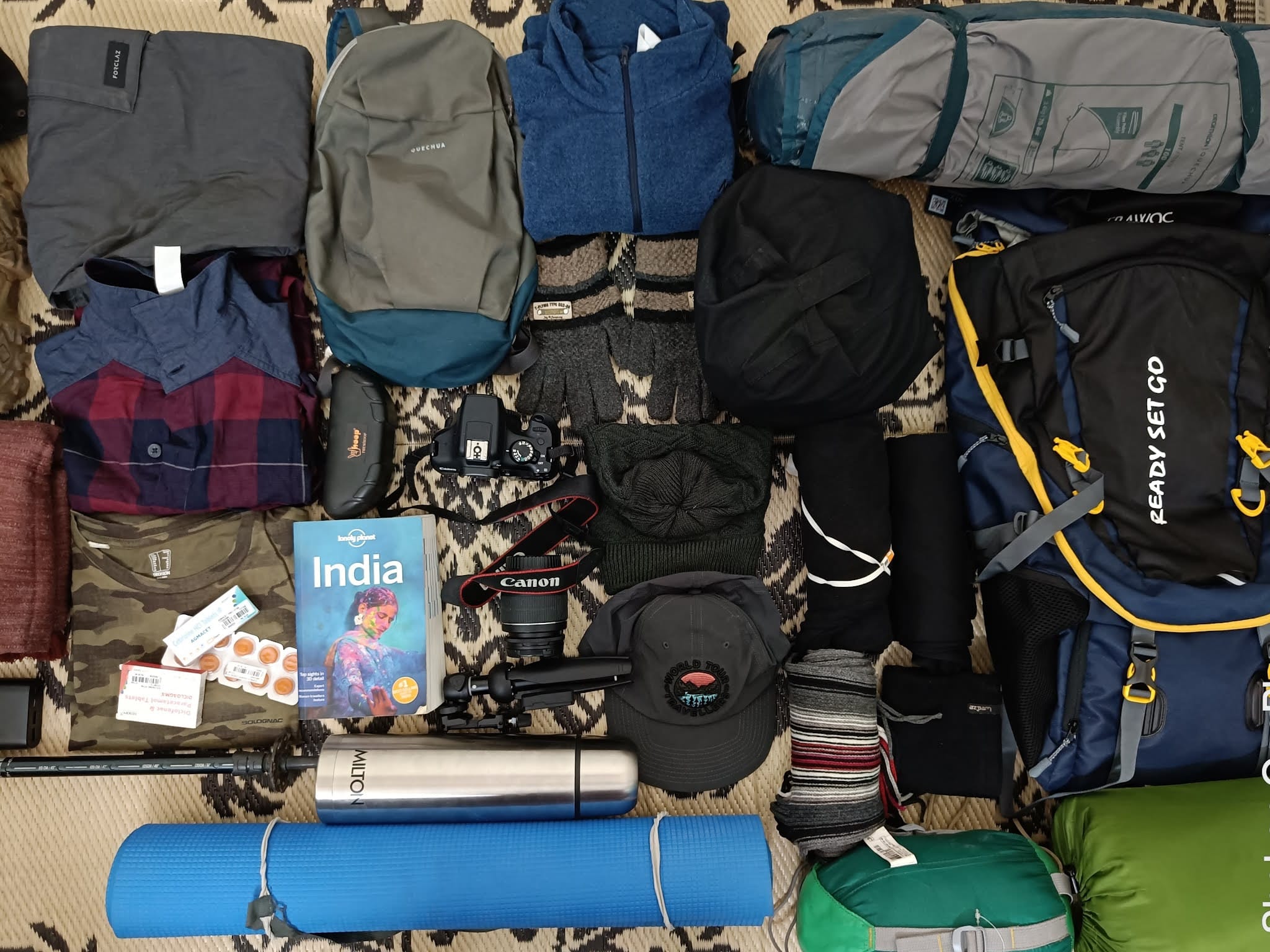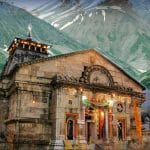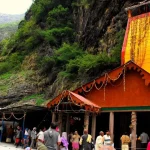Mistakes to Avoid on Your Char Dham Yatra. Get expert tips to ensure a safe, smooth, and spiritually fulfilling journey to Kedarnath, Badrinath, Gangotri & Yamunotri.
Embarking on the Char Dham Yatra is more than just a travel plan—it’s a sacred journey that millions of pilgrims dream of completing at least once in their lifetime. Covering Yamunotri, Gangotri, Kedarnath, and Badrinath, this holy circuit in Uttarakhand is both spiritually fulfilling and physically challenging.
But let’s face it—one small mistake can turn this divine experience into a stressful ordeal. So, if you’re planning your Char Dham Yatra, it’s time to pack your bags smartly—and more importantly, pack some wisdom.
Mistakes to Avoid on Your Char Dham Yatra

Mistake 1 – Not Planning the Trip in Advance
Booking accommodations and transport at the last minute? That’s a recipe for disaster. The Char Dham Yatra sees a huge rush during peak months (May to July and September to October). You don’t want to be stranded without a place to stay or ride to the next destination.
Pro Tip: Use tour operators like TripCosmos.co to help you with a solid itinerary and pre-bookings.
Mistake 2 – Ignoring Weather Conditions
The Himalayas have a mind of their own—one minute it’s sunny, the next, you’re stuck in rain or snow. Weather can change drastically, especially in higher altitudes.
What You Can Do:
- Check the forecast regularly
- Carry a raincoat, thermal wear, and waterproof shoes
- Avoid traveling during heavy rainfall (July-August)
Mistake 3 – Not Checking Health and Fitness Levels
Don’t underestimate the physical effort needed. Steep climbs, long treks, and high altitudes can push your body beyond its limits.
Before You Go:
- Get a full-body check-up
- Practice walking 4–5 km daily for a few weeks
- Carry necessary medications
Mistake 4 – Carrying Heavy or Inappropriate Luggage
Lugging around big suitcases or unnecessary gadgets? That’s only going to slow you down and exhaust you.
Pack Smart:
- Woolens, rain gear, first aid kit, ID cards
- Flashlights, power bank, energy bars
- Avoid valuables and unnecessary electronics
Mistake 5 – Neglecting Acclimatization
Rushing from low to high altitude without breaks? That’s a straight ticket to altitude sickness.
🌄 Better Way:
- Stay at mid-altitude places like Uttarkashi or Guptkashi for a day
- Keep your body hydrated
- Avoid alcohol and smoking
Mistake 6 – Overlooking Travel Insurance
Let’s not tempt fate. Road closures, injuries, health emergencies—anything can happen in the mountains.
Insurance Checklist:
- Emergency evacuation
- Hospital expenses
- Trip cancellation and delays
Mistake 7 – Not Respecting Local Customs and Culture
Wearing inappropriate clothes, clicking selfies inside temples, or talking loudly—these aren’t just frowned upon, they’re disrespectful.
Respect Matters:
- Dress modestly
- Avoid leather items
- Don’t interrupt rituals or pujas
Mistake 8 – Poor Time Management
Late start = Missed darshan or even getting stuck due to landslides
Time Hacks:
- Start your day early (as early as 5 AM)
- Stick to the schedule
- Keep buffer time for travel delays
Mistake 9 – Not Staying Hydrated or Eating Properly
Fatigue, headaches, and nausea—these often stem from dehydration or poor diet.
Stay Energized:
- Carry water bottles and ORS sachets
- Eat light, hygienic meals
- Avoid street food
Mistake 10—Relying Only on Internet-Based Navigation
Google Maps doesn’t always work in the hills. Signal drops are common, and wrong turns can cost you hours.
Safer Option:
- Download offline maps
- Carry a physical map or guidebook
- Ask locals when in doubt
Mistake 11 – Skipping Important Permissions and Documents
No ID, no entry. Some regions need special permits, and without them, you’ll face delays or denial of access.
Must Carry:
- Aadhar card, health certificate
- E-pass (mandatory during Yatra season)
- Booking confirmations
Mistake 12 – Disregarding Local Warnings or Advice
Many ignore safety alerts and proceed despite warnings—big mistake.
Be Alert:
- Obey police and BRO instructions
- Don’t cross barriers or risky zones
- Avoid trekking at night
Mistake 13 – Traveling with Inexperienced Operators
Going solo or with cheap, unverified agents? You might save money but risk your safety and comfort.
Choose Right:
- Select government-approved or experienced tour agencies like TripCosmos.co
- Check reviews and service history
Mistake 14 – Not Giving Enough Time to Each Dham
Rushing from one Dham to another kills the essence of the Yatra. You’re not just sightseeing—you’re connecting spiritually.
Take It Slow:
- Spend time meditating or attending aarti
- Learn about each Dham’s significance
- Feel the energy, don’t just click pictures
Mistake 15 – Being Unmindful of the Environment
Plastic bottles, food wrappers, and loud music? That’s a big no in the Himalayas
Travel Green:
- Use reusable bottles and bags
- Avoid littering
- Support local eco-initiatives
Conclusion
The Char Dham Yatra is a life-changing experience, but only if you’re prepared for it. Avoiding these common mistakes can make your journey not just smoother but more meaningful. Respect the mountains, stay humble, and take each step as a blessing. Jai Badri Vishal!
FAQs
1. When is the best time for Char Dham Yatra?
The ideal time is from May to June and September to mid-October, when the weather is clear and temples are open.
2. Can senior citizens do the Char Dham Yatra?
Yes, but they must consult a doctor beforehand and opt for helicopter services or ponies to reduce physical strain.
3. Are there helicopter services available?
Yes, helicopter rides to Kedarnath and Badrinath are available from Phata, Guptkashi, and Dehradun.
4. How many days are enough for Char Dham?
A standard Char Dham Yatra takes about 10–12 days. If using helicopters, it can be completed in 4–6 days.
5. Is it safe to travel solo?
It’s safer to go with a group or tour operator, especially considering the unpredictable weather and terrain.







